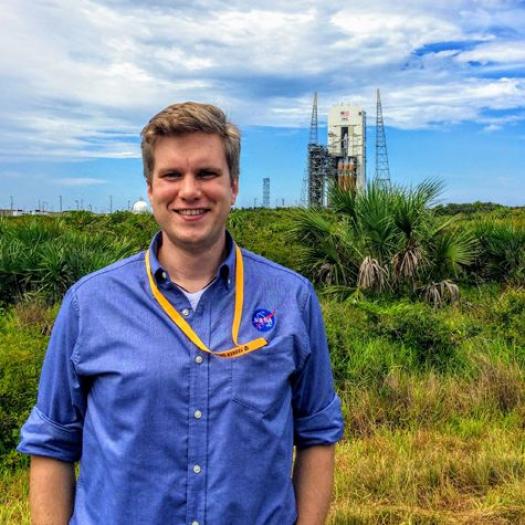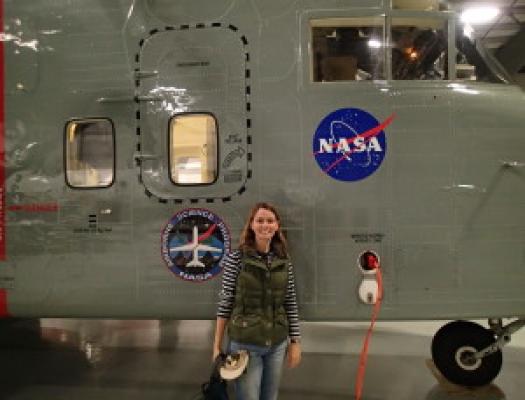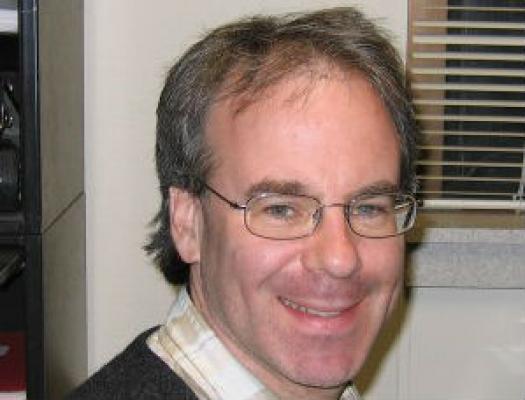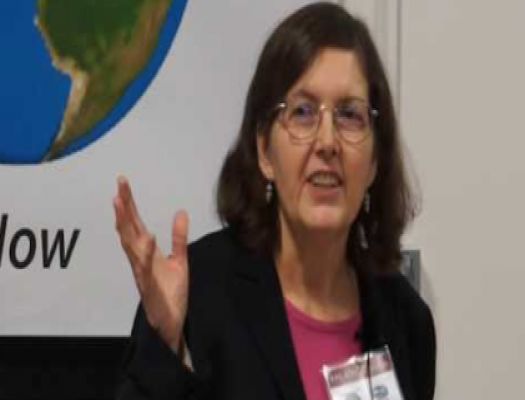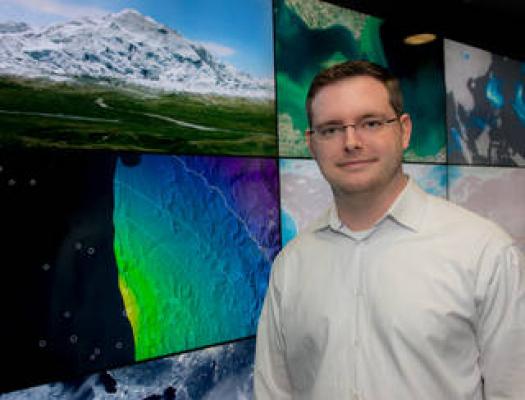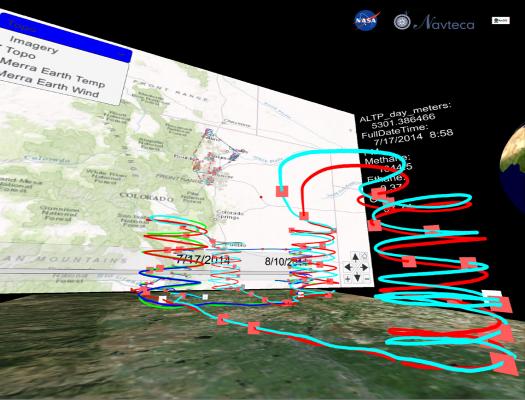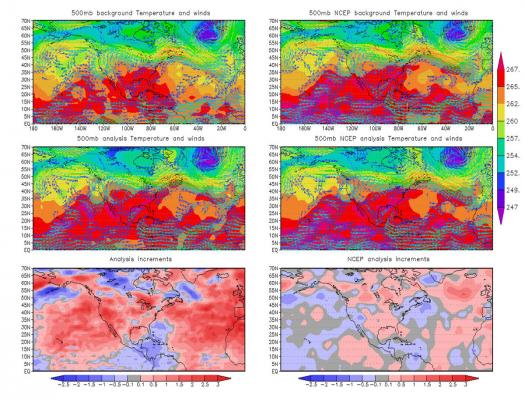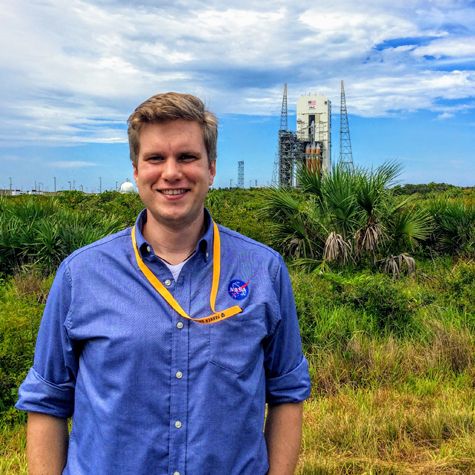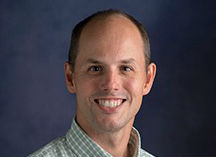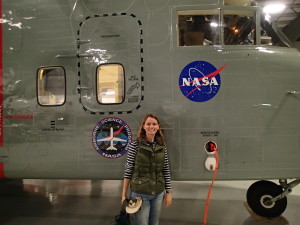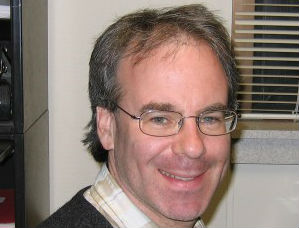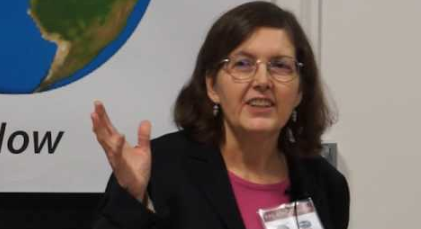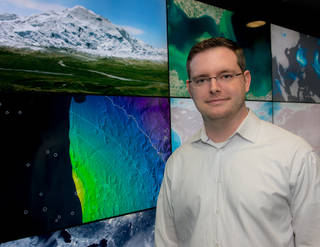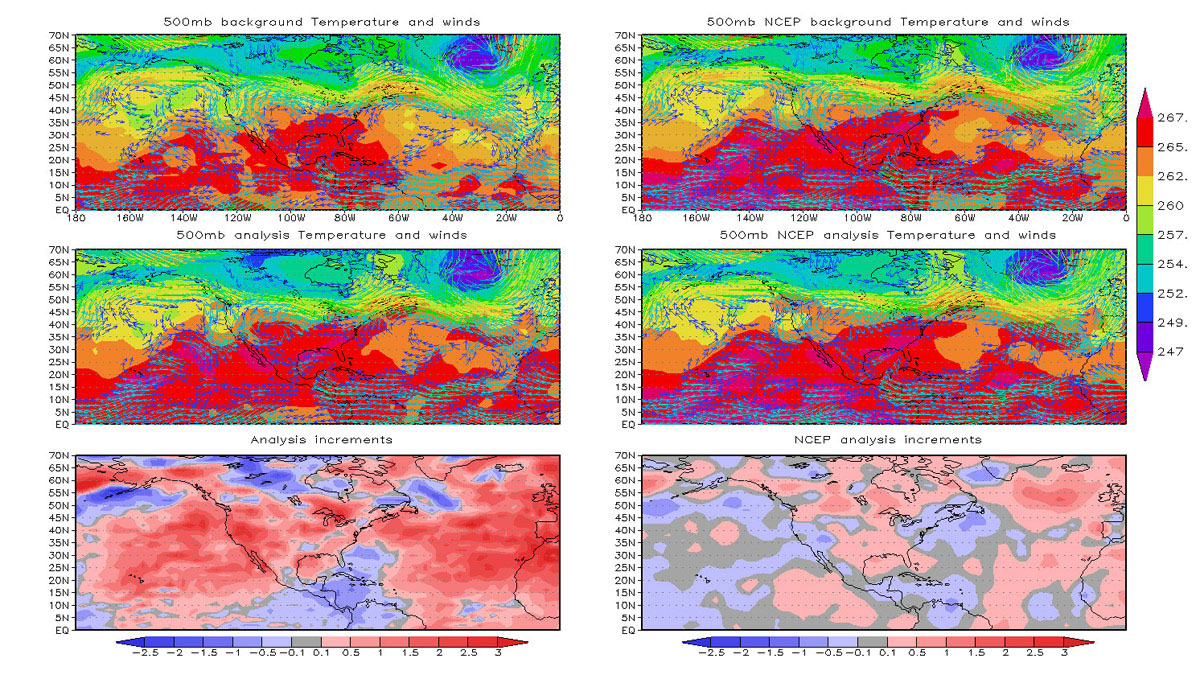Learn about what a solar scientist does and see if you have any skills in common.
loading Earth as a System...
Featured STEM Career Connections
Charles Gatebe is a climate scientist who studies reflected sunlight to improve our understanding of the composition of the atmosphere and surface properties, including land and ocean, and impact on Earth's radiation budget and climate.
Read this interview with Kristopher Bedka to find out more about life as a Senior Research Scientist at NASA.
Learn about Erika Podest's journey from a childhood in Panama to a career at NASA as a Research Scientist.
Dr. Norman Loeb, an atmospheric scientist at NASA’s Langley Research Center in Hampton, Virginia, is the principal investigator for an experiment called the Clouds and the Earth’s Radiant Energy System (CERES).
Dr. Wickland works at NASA Headquarters in Washington, DC, where she oversees the planning and implementation of NASA's Terrestrial Ecology research program and leads its Carbon Cycle and Ecosystems Focus Area.
At the core of scientific visualization is the representation of data graphically - through images, animations, and videos - to improve understanding and develop insight.
Environmental engineers use the basis of engineering, soil science, biology, and chemistry to develop solutions to problems in the environment. Some of their efforts involve recycling, waste disposal, public health, water and air pollution control.
Mathematical modelers use mathematics to create models that demonstrate complex processes or solve problems. Many mathematical modelers use their skills to create and animate 3D representations of their processes with the assistance of software technology.


